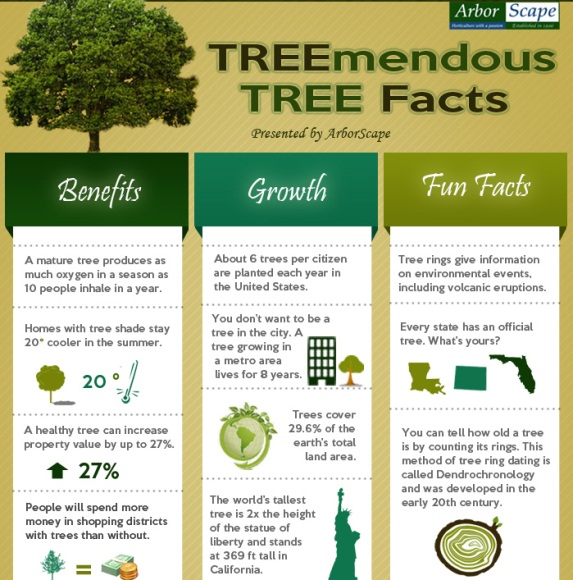Hints That Suggest Tree Elimination: Just How To Spot Hazardous Trees
Hints That Suggest Tree Elimination: Just How To Spot Hazardous Trees
Blog Article
Content Written By-Truelsen Emerson
When it pertains to tree care, identifying the signs that it's time for removal is crucial for your security and property. https://architectureau.com/articles/harry-house/ might discover stained fallen leaves, wilting branches, or strange fungal developments showing illness. https://waystoremoveastump28395.activoblog.com/39318560/study-the-critical-actions-associated-with-tree-stump-removal-and-reveal-the-primary-aspects-that-may-impact-your-selection-to-continue , like a significant lean or cracks in the trunk, can also pose dangers. Recognizing these warning signs can aid you make informed choices regarding your trees and prevent possible dangers prowling in your yard. What should you try to find following?
Indications of Decay and Condition
When you observe indications of degeneration and illness in your trees, it's important to act swiftly. Try to find discolored fallen leaves, wilting branches, or unusual growths like fungi. These can suggest that your tree is battling.
If you see splits in the bark or soft, mushy wood, these symptoms suggest interior degeneration. Furthermore, an unexpected boost in insects around your tree can signify that it's deteriorated and at risk.
Check for any dead or passing away limbs, as they position a danger to your home and security. If you doubt regarding what you see, speaking with an arborist can supply clarity.
Resolving these indicators early can conserve you from much more extensive damages and ensure the health and wellness of your lawn. Do not wait up until it's far too late.
Structural Instability and Leaning
As you observe your trees, watch out for any type of signs of architectural instability or leaning. If a tree leans dramatically, it might indicate that the root system is compromised.
Try to find any kind of fractures in the trunk or dirt around the base; these can signify potential failing. In addition, check for unusual development patterns, like a lopsided crown, which may recommend that the tree is struggling to hold itself upright.
If you observe that the tree leans toward your home, power lines, or other frameworks, it positions a greater risk. Do not neglect these indications-- consult an arborist to analyze the situation.
Doing something about it early can protect against costly damage and ensure your security.
Dead or Perishing Branches and Foliage
If you discover dead or dying branches and foliage on your tree, it's a clear sign that something's wrong.
These undesirable areas can indicate underlying concerns like disease, pest infestations, or environmental tension. When branches lose their leaves or turn brown, they're no longer adding to the tree's health and wellness. Overlooking these signs might result in additional decline, making your tree a lot more dangerous.
Dead branches can quickly break short during tornados, presenting a threat to residential or commercial property and people close by. It's vital to analyze the degree of the damages.
If the issue affects a substantial part of the tree, think about getting in touch with an expert. They can aid establish if removal is essential to guarantee safety and maintain the beauty of your landscape.
Final thought
If you observe any kind of indications of degeneration, architectural instability, or dead branches on your trees, don't disregard them. These indications can pose severe safety dangers to you and your property. It's always best to speak with a professional arborist who can give a professional evaluation of your trees. Taking action early can avoid mishaps and expensive damages, guaranteeing your landscape remains risk-free and healthy and balanced. How To Prune A Lemon Tree in mind, it's much better to be positive about tree treatment than to wait for a disaster to take place.
